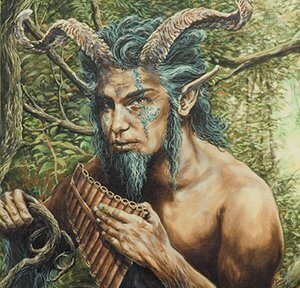
Myth and History

Generations of readers have wondered whether the great Greek myths were based on true stories. One reader who decided to investigate was German archaeologist Heinrich Schliemann.
Convinced that the ancient city of Troy mentioned in Homer's Iliad had actually existed, he set out to find it.
In the early 1870s, Schliemann began digging at a site in north-western Turkey that matched Homer's description of Troy.
He found the buried remains of a city as well as gold, silver, pottery, and household objects. Later excavations by other researchers revealed that a series of different settlements had risen on the same site over thousands of years. One of these may have been Homer's Troy.
The 12 Titans mated with each other and with nymphs. Cronus married his sister Rhea (Roman Cybele).
Perhaps remembering what he had done to his own father, Cronus swallowed his children as they were born. When Rhea gave birth to Zeus, however, she tricked Cronus by substituting a stone wrapped in baby clothes for him to swallow. Later, when Zeus had grown up, a female Titan named Metis gave Cronus a drink that made him vomit up Zeus's brothers and sisters.
They helped Zeus defeat the Titans and become the supreme deity. Zeus then married Metis.
However, because of a prophecy that her children would be wise and powerful, he swallowed her so that her children could not harm him. Their daughter Athena sprang full-grown from Zeus's head.
The matings of the gods and goddesses produced the rest of the pantheon.
As for human beings, one myth says that they arose out of the soil. Another says that Zeus flooded the earth and drowned all human beings because they did not honour the gods.
Deucalion and Pyrrha, the son and daughter-in-law of Zeus's brother Prometheus, survived the flood in a boat.
Afterward they created the present human race from stones, which they threw onto the muddy land.
Our Mobile Application
Check out Our Mobile Application "Ancient Greece Reloaded"
